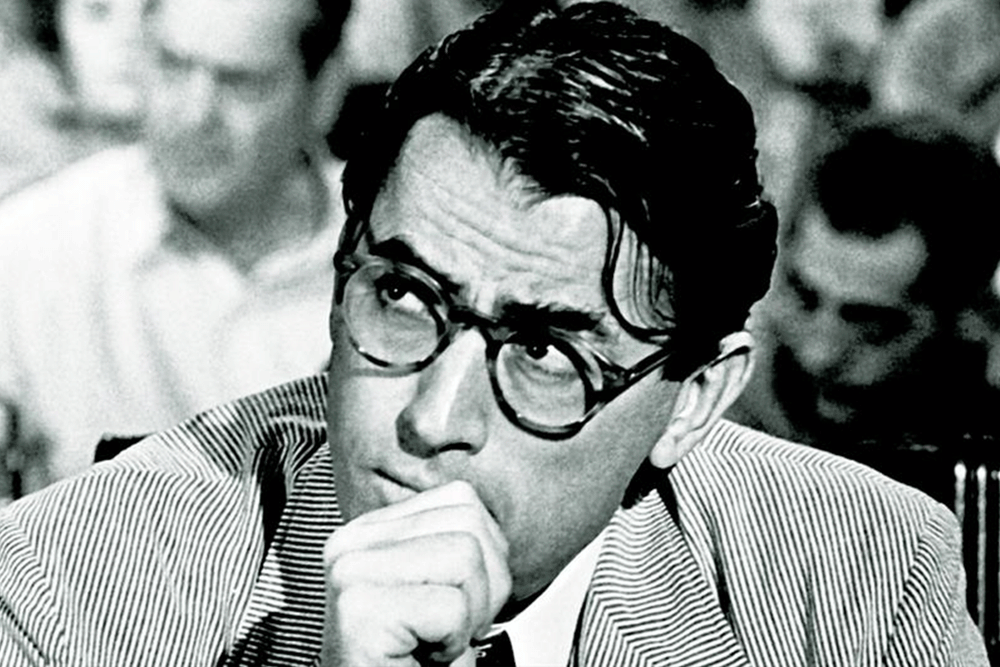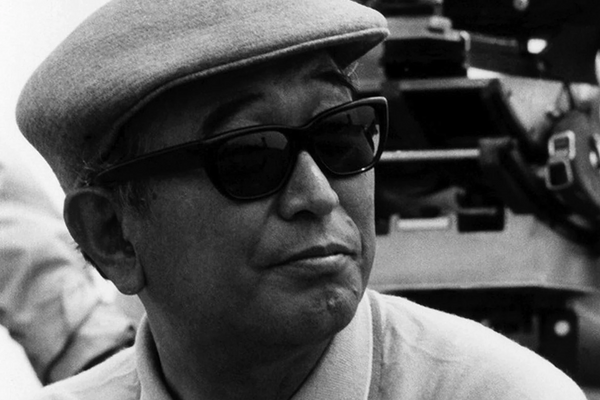We are, to put it mildly, obsessed with all things optical. It’s literally the lens through which we view the world. On any given day, you will hear our team speaking about temple tips and rivets and cat eyes and top bars with the same reverence (others would say “nerditude”) that oenophiles have for bottles of low intervention Muscadet from the Loire Valley and that record collectors have for mint copies of the Stooges Raw Power, the 1971 gatefold version with the green Elektra butterfly label to be exact.


All of this is to say, we care very deeply about what we do and it is our mission to make our world more accessible to those who are interested to learn more about it. In the spirit of helping to expand your knowledge base, we thought it would be fun to speak today on one of the most iconic styles of all time, the P3.


What’s In The Name?
One of the most alluring aspects of the P3 is its somewhat cryptic name. It could be the model number of a very expensive European sports car, or a chatty droid. Turns out, the name is very on the nose, literally. The “P” is for pantoscopic, and refers to the angle or tilt of the bottom of the frame rims towards the eye. On a P3, the tilt goes inward, so that the bottom of the frame sits closer to the face than the top. This tilt allows for more accurate vision correction and cuts down on lens glare.
As for “3”, that refers to the 3mm (opticians are very specific) difference between the height and weight of the lenses, which creates a very flattering soft oval shape. It’s a big reason why these frames are so popular. They look good on everyone and especially oval, square, and heart-shaped faces.


What’s The Origin Story?
Like a lot of pieces of beloved American fashion (think: blue jeans or Motorcycle jackets), the roots of the P3 frame are more functional than sartorial. While they were later made fashionable by icons including James Dean, Gregory Peck, and Grace Kelly, P3 frames were initially designed by the military for nearsighted soldiers to wear under their gas masks. The rounded shape helped to create extra visibility when its wearer needed it most and the higher temple mount allowed for the wearer’s eyes to be seen from the side, a valuable detail when you are working with your teammates scanning the landscape for enemy fire.
GLCO P3 Frames
The P3 has been an ongoing inspiration for many of our most popular frames including the Clune family (sun, optical, and sun clip), the Hampton and the Rennie, as well as the Mulholland, Marmont, and Crosby from our Mr. Leight collection. We hope you enjoyed this quick dip into the history of this iconic style. See you soon!



